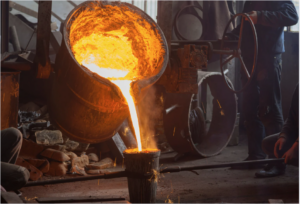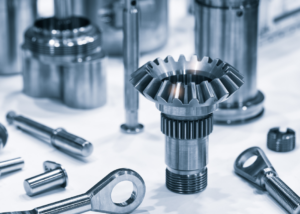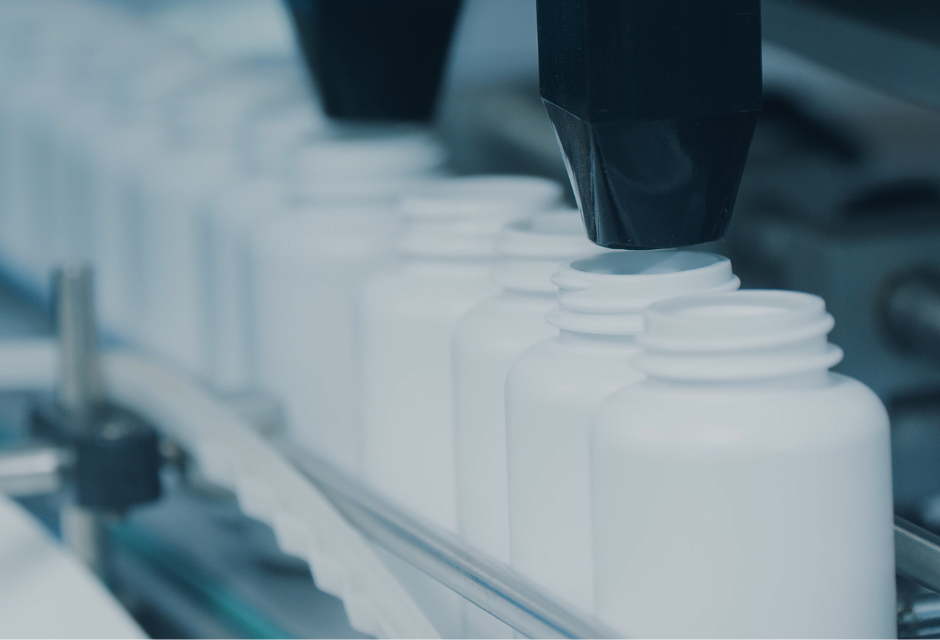
Plastics are used in a wide variety of products, including daily necessities, because of their excellent processability.
There are various processing methods for such plastics, and the best processing method depends on the application and purpose, so careful judgment must be made.
Therefore, this article will provide a detailed explanation of the features, benefits, and typical processing methods of plastics processing for those involved in manufacturing and production.
For more information about Taiga, click here.Table of Contents
What is plastics processing?
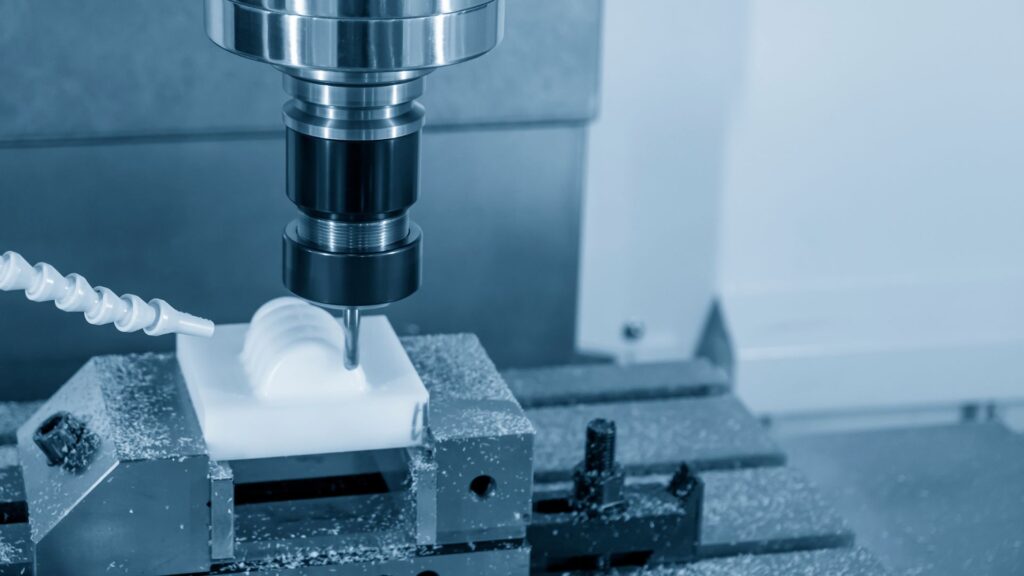
Plastics processing is the process of changing plastic into the desired shape and size for a given application.
As explained in the introduction, plastics are used for a wide variety of things and are processed in all kinds of ways to suit the product.
In order to maximize the functionality and attractiveness of plastics, the best processing method must be selected.
Without knowledge of processing methods, the versatility and convenience of plastics cannot be exploited, so it is necessary to review them in advance.
What types of plastics are there?
Plastics can be broadly classified into the following two types
- thermoplastic
- thermosetting plastic
Let's take a closer look at each of these.
thermoplastic
Thermoplastics are plastics that soften when heated and can be molded repeatedly.
It is sometimes called "chocolate mold" because of its tendency to harden when cooled.
This thermoplastic is extremely versatile and convenient, and its production is about 10 times higher than that of thermosetting, due to the constant need for it in Japan.
[Typical thermoplastics
- polyethylene
- polystyrene
- polypropylene
- polyamide
- ABS
- Polymethyl methacrylate
- vinyl chloride
thermosetting plastic
Thermosetting plastics are plastics that do not return to liquid form when heated.
After repeated heating, it softens but gradually regains its firmness.
Because of this, thermosetting plastics can basically be molded only once.
However, it is stronger and more heat resistant than thermoplastics, making it a very useful material in certain applications.
Advantages of Plastic Processing
Let's now take a closer look at the benefits of plastics processing.
Excellent lightweight properties
Plastics are lighter than materials such as metal and glass.
This reduces the overall weight of the product, which in turn reduces the difficulty and cost of transportation and assembly.
In recent years, many products are required to be "lightweight," and this material meets the needs of the times.
Excellent durability and corrosion resistance
Durability and corrosion resistance are also advantages of plastic.
Unlike metal, plastic does not rust or corrode and is resistant to moisture and chemicals, making it simply long-lasting.
It also eliminates environmental risks caused by corrosion, thus killing two birds with one stone.
High Design Flexibility
Plastics are materials with excellent processability and versatility.
Because they can be processed into complex shapes, they are sometimes used for precision parts.
Injection molding and extrusion can be used to achieve even finer details and features, making it a useful material in all areas.
Can lead to cost reductions.
In situations where mass production is required, plastics play a major role.
This is because plastic processing is less expensive than metal or glass processing, and can be mass-produced by utilizing technologies such as injection molding.
This makes it easier to reduce overall costs.
High electrical insulation
Plastic is a material that does not conduct electricity.
Because of these characteristics, they are now utilized in many electronic devices and electrical components.
Since it does not conduct electricity, the risk of electric shock is low, and it is also recommended for those who want to ensure safety.
Excellent recyclability
Some plastics are recyclable.
By recycling, we can expect to save resources and reduce environmental impact.
In recent years, all companies are required to be eco-conscious, and in this sense, plastic is a very useful material.
Excellent heat and cold resistance
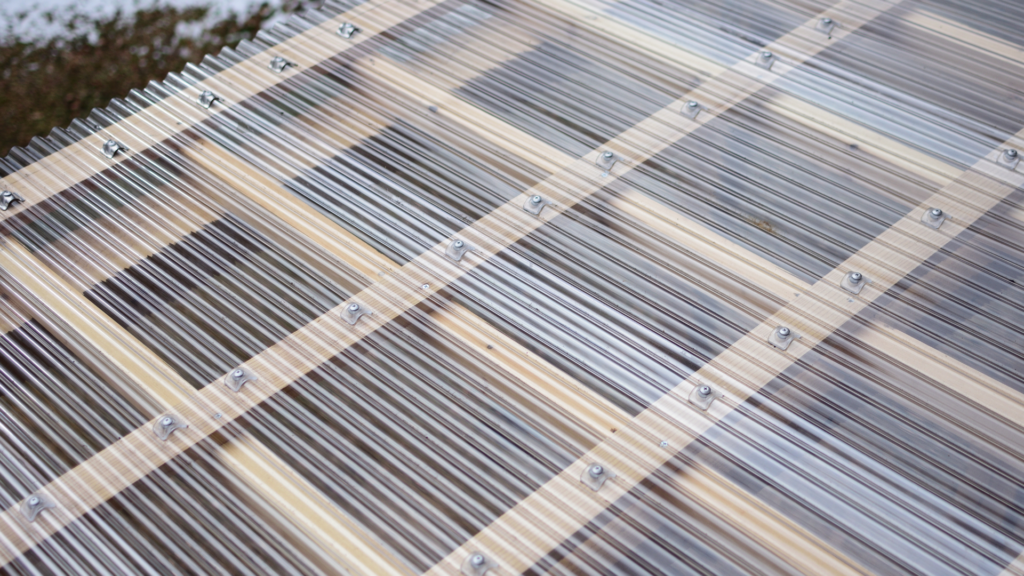
Certain plastics have excellent heat and cold resistance.
For example, polycarbonate and PEEK (polyetheretherketone) are used in the automotive parts and aerospace industries because of their high heat resistance.
Disadvantages of plastic processing
The disadvantages of plastics processing are as follows
- Environmental concerns.
- Need to pay attention to heat restrictions.
- Low strength
Some plastics are recyclable and, if properly disposed of, can reduce the environmental impact.
However, plastics do not decompose, which can lead to environmental pollution and increased carbon dioxide emissions.
Plastics also have a low melting point and may lose their properties at too high a temperature.
In addition, note that plastic is less strong than metal or steel, and in some cases is even less strong when exposed to corrosive organisms.
Types of plastic processing
Let's now take a closer look at the different types of plastic processing.
Molding process
The molding process is a method of pouring liquid plastic into a mold and cooling it to immobilize it.
Although there is an initial cost for mold fabrication, the processing cost per piece is lower than other methods, making it suitable for mass production.
Typical examples of forming processes include
- Injection Molding
- Blow molding
- Extrusion molding
- Compression molding
Machining
Cutting is a method of machining using tools such as machining and NC lathes.
Unlike molding processes, it is more suited to cases that require detailed specification changes and multiple measures rather than mass production.
Specific processing methods include lathe turning, in which a blade is applied to the spinning resin to cut it off, and milling, in which the resin is cut off while the blade is spinning.
3D printer
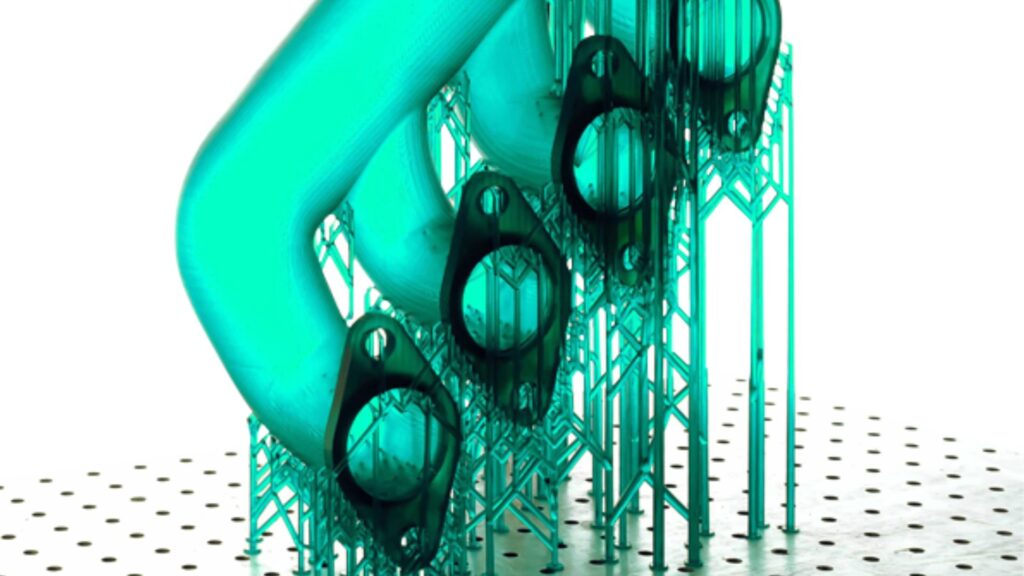
A 3D printer is a processing method that uses a device to print three-dimensional data created on a computer.
In some cases, it is called 3S modeling.
It is best suited for applications that require speedy processing with a high degree of freedom of shape and a relatively short time to completion, thereby reducing waste.
In addition, since the processing is based on data created in the PC rather than by hand, complex structures and specifications can be realized.
Bending and adhesive processing
Thermoplastics soften when heated.
Bending and welding are processing methods that take advantage of this property.
Bending is effective for products that require curved shapes and can generate clean curves.
Adhesive processing, on the other hand, is a method of integrating plastic melted by a solvent.
It is useful in achieving aesthetically pleasing and complex structures.
Laminating
Laminating is a method of applying a transparent film on the treated surface and crimping it using heat.
This is done to protect the surface, and lamination makes it easier to strengthen resistance.
Printed materials are also sometimes laminated, but in the majority of cases this is done for tampering purposes.
Furthermore, this processing method can also be applied to glass and is sometimes utilized for car windows.
embossment
Embossing is a processing method that creates an uneven surface.
The material sheet is heated and a metal roll engraved with a pattern is pressed to create the bumps.
This process is used to impart design, enhance texture, and prevent light reflection.
Typical application scenarios (products) are as follows
- Interior seat
- packing material (boxes, insulation, shock resistance, etc.)
- Release film
What is "engineering plastic" that covers the weak points of plastics?
Plastics are used in a wide variety of products because of their versatility and processability, though,
- Low heat resistance
- Low mechanical strength
There are also disadvantages such as
A product called engineering plastics has emerged to cover these disadvantages.
The official name is "engineering plastics.
Normal plastics melt at around 100°C, but engineering plastics do not melt even at temperatures above 100°C.
There are also "super engineering plastics" that have higher heat resistance.
This will not unravel even if the temperature exceeds 150°C.
Because of these characteristics, engineering plastics and super engineering plastics are widely used in products that require sturdiness, such as automobile parts, electronic device parts, robot parts, and aircraft parts.
Please check this article for a detailed explanation of Enpla and Super Enpla if you are interested.
Where is the right place to request plastic processing?
There are many different ways to process plastics, and each one requires different equipment, tools, knowledge, and techniques.
For this reason, it is recommended that instead of doing all processing in-house, we secure a specialized contractor with strengths in each of the processing methods as a partner.
In this way, plastic processing can be tailored to the situation and purpose.
Nevertheless, since companies that handle plastics processing exist throughout the country, it can take time to find the right partner for your company.
In such cases, the Taiga comes in handy.
Taiga is our matching platform in the manufacturing and production industry.
We support smooth manufacturing by connecting users and partners.
In addition, various convenient functions, such as chat and drawing editing, are provided, and security measures are thoroughly implemented so that users can use the system with peace of mind.
Account registration is free, so if you are interested, please take advantage of it.
Summary
Plastics are used for a wide variety of things and are processed in all kinds of ways to suit the product.
Since there are so many variations of processing methods, each with very different characteristics, the best processing method must be selected for each purpose.
In addition, when outsourcing plastics processing, it is necessary to find a reliable supplier that meets your company's objectives and needs, which in some cases can be time-consuming and labor-intensive.
By using the Taiga, you will not only know the appropriate processing method, but you will also find it easier to find a reliable partner.
In addition, meetings and drawing management for production can be performed within the service, which is recommended for those who value convenience.
Account registration is free, so if you are interested, please give it a try.
For more information about Taiga, click here.
 0120-987-742
0120-987-742